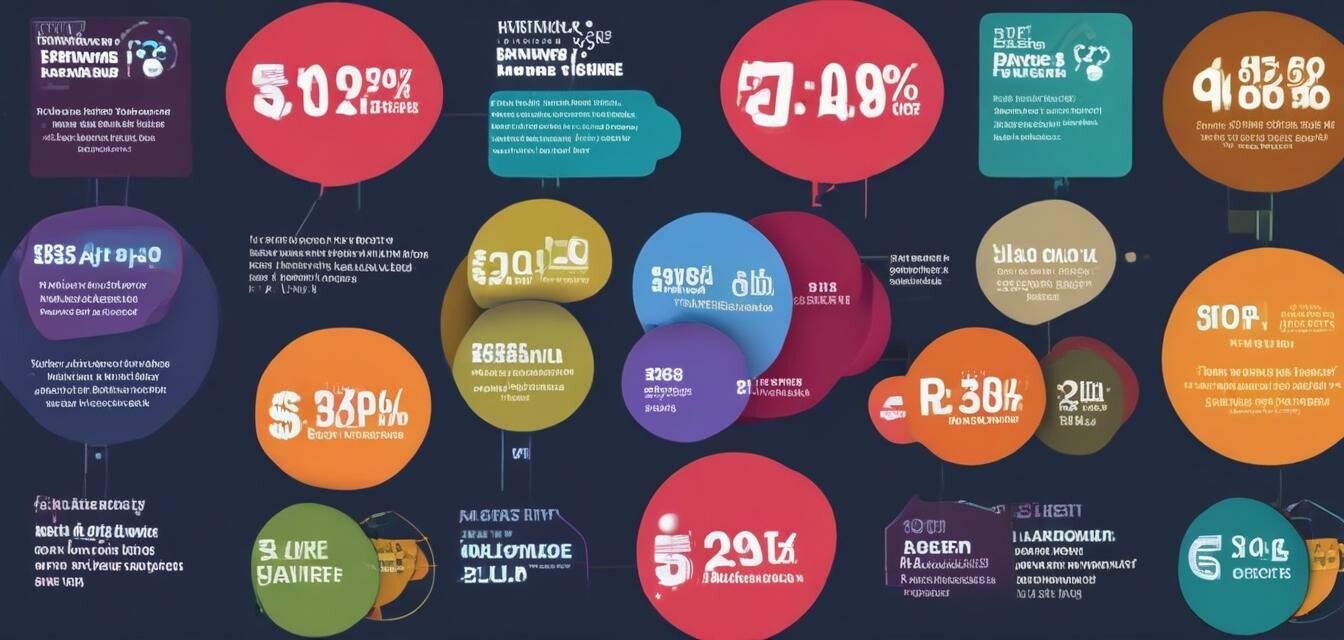
Evolution of Internet Pricing Models in 2025
Key Takeaways
- Internet pricing models are significantly changing in 2025.
- Data caps, bundled services, and tiered pricing continue to evolve.
- Understanding these changes helps consumers make educated decisions.
- Emerging technologies influence pricing dynamics.
- Informed consumers can maximize savings and benefits from their internet plans.
As we move deeper into 2025, the landscape of internet pricing models is undergoing substantial transformation. Understanding these shifts is crucial for consumers looking to make informed decisions about their broadband plans. This article will explore the changing dynamics of internet pricing, the emerging trends, and what you need to know to navigate these waters efficiently.
Current Trends in Internet Pricing Models
1. Data Caps and Unlimited Plans
In 2025, the debate surrounding data caps continues. More internet service providers (ISPs) are balancing between providing unlimited data versus implementing data restrictions:
| Pricing Model | Description | Advantages | Disadvantages |
|---|---|---|---|
| Unlimited Plans | No restrictions on data usage. | Peace of mind, ideal for heavy users. | Potentially higher monthly fees. |
| Data Caps | Monthly data limits with varying overage fees. | Lower base costs may appeal to light users. | Unexpected charges for exceeding limits. |
2. Bundled Services
Bundling services has become a common tactic among ISPs. Customers can often enjoy discounts on internet plans when subscribing to additional services, such as:
- Home security systems
- Television packages
- Phone services
This model aims to simplify billing and attract more subscribers. However, consumers should evaluate if they are genuinely saving money versus paying for unneeded services.
3. Tiered Pricing Models
Tiered pricing has emerged as a popular approach, allowing consumers to choose their service level and corresponding price:
| Tier | Speed | Price | Ideal for |
|---|---|---|---|
| Basic | Up to 25 Mbps | $29.99/month | Light users and browsing |
| Standard | Up to 100 Mbps | $49.99/month | Standard streaming and gaming |
| Premium | Up to 1 Gbps | $79.99/month | Heavy users and families |
Impact of Emerging Technologies
Innovative technologies are actively reshaping internet services and pricing strategies. Here’s how they’re influencing the market:
1. 5G Rollout
The rollout of 5G technology provides consumers with faster speeds and lower latency, influencing pricing models. Providers are adapting by offering 5G unlimited plans aimed at heavy data users.
2. Fiber Optic Networks
Investment in fiber optic networks enhances speed and reliability. As competition heats up, ISPs might offer more attractive packages for fiber users, prompting a shift in pricing strategies.
How to Navigate the Changing Landscape of Internet Plans
Being well-informed about internet pricing models allows consumers to potentially save significant amounts while securing the best service. Here are some best practices:
Tips for Choosing an Internet Plan
- Evaluate your data needs and usage frequency.
- Compare bundled services and look beyond monthly costs.
- Take advantage of deals during peak seasonal promotions.
- Consult ISP reviews to gauge customer satisfaction.
Conclusion
The evolution of internet pricing models in 2025 reflects a dynamic market responding to both consumer demands and technologic advancements. Understanding these changes helps you choose the right plan that fits your needs. Stay informed by regularly checking resources on news and trends, and compare offerings through our data plans and pricing section. This ensures you’re always making the most suitable decision for your internet service.
